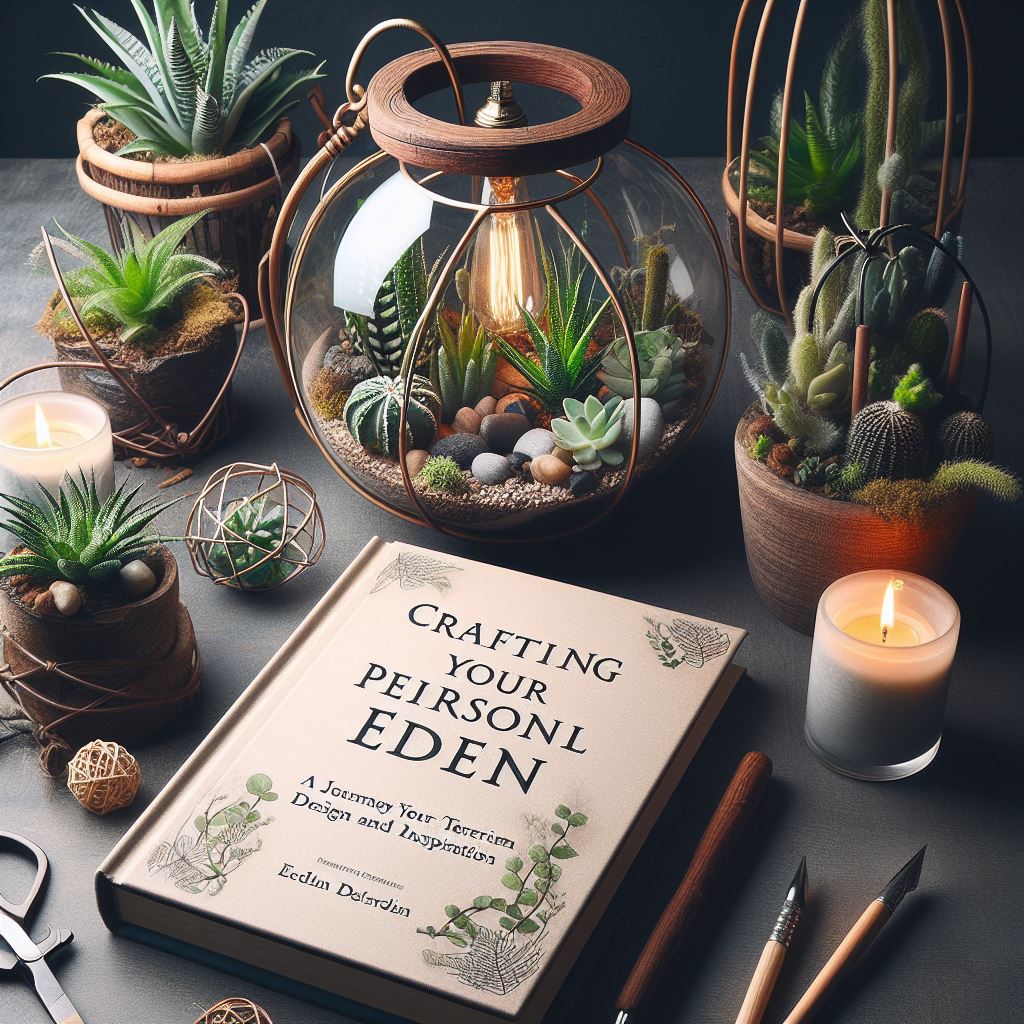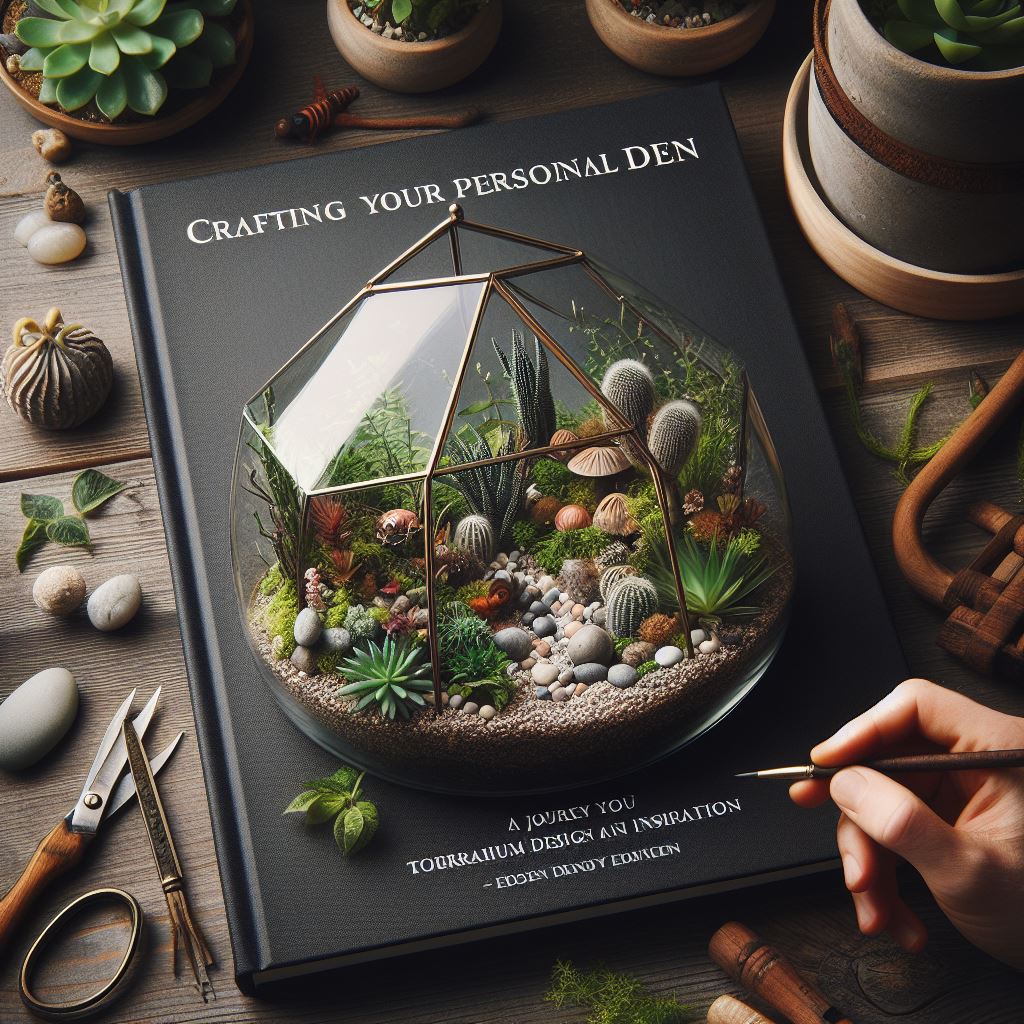Crafting Your Personal Eden: A Journey Through Terrarium Design and Inspiration
Terrariums are more than just glass containers with plants; they are vibrant ecosystems and living art pieces that reflect the creativity and passion of their creators. Each terrarium tells a story, encapsulates a dream, or portrays a snippet of the natural world. In this blog post, we’ll explore the endless possibilities of terrarium design and inspiration, guiding you through creating your own personal Eden.

The Foundations of Terrarium Design:
At the heart of every terrarium design is the interplay between imagination and the natural requirements of the plants. Understanding the basics—such as the differences between open and closed terrariums, the importance of layering substrates for drainage, and selecting compatible plant species—is crucial. But it’s the theme that brings a terrarium to life.
Choosing a Theme:
Your terrarium’s theme can be anything that inspires you. Here are a few ideas to spark your creativity:
- Enchanted Forests: Create a mystical woodland with moss, ferns, and miniature trees, perhaps adding a fairy house or tiny woodland creatures.
- Desert Landscapes: Mimic the arid beauty of the desert with various succulents, cacti, and sand. A miniature camel or a tiny oasis can add an element of surprise.
- Japanese Zen Gardens: Incorporate sand raking patterns, stones, and minimalistic plant choices like small bonsais or bamboo for a calming, Zen-inspired terrarium.
- Tropical Paradise: Lush, moisture-loving plants like small palms, fittonia, and orchids can create a vibrant, tropical scene. Adding a tiny hammock or colorful bird figurines can enhance the theme.
Incorporating Elements of Design:
Design elements such as color, texture, and scale play significant roles in terrarium aesthetics:
- Color: Use plants and accessories to introduce color schemes that fit your theme. Bright greens, subtle browns, or vibrant flowers can significantly impact the overall mood.
- Texture: Combine plants with different foliage textures for visual interest. Smooth succulent leaves contrast beautifully with feathery ferns or spiky moss.
- Scale: Pay attention to the scale of both the plants and any miniatures used. They should be proportional to the container size to maintain a believable miniature world.

Finding Inspiration:
Inspiration for terrarium design can come from anywhere:
- Nature: Take a walk in a forest, desert, or garden. Observe the natural landscapes, the way plants grow together, and the various ecosystems.
- Books and Movies: Fantasy novels, sci-fi movies, and children’s books are treasure troves of whimsical and imaginative ideas that can be adapted into terrarium themes.
- Art and History: Consider recreating a scene from your favorite painting or a historical period you find fascinating. Art deco terrariums or ancient garden terrariums can be both challenging and rewarding projects.
Personal Touches:
The most captivating terrariums often include a personal touch—a keepsake, a favorite figurine, or even a photo. These elements make your terrarium uniquely yours, turning it into a story only you can tell.
Conclusion:
Terrarium design is an exciting and fulfilling journey into the world of miniature gardening, where your creativity and passion for plants can flourish. Whether you’re crafting a tiny replica of a rainforest or an imaginative scene from a fantasy world, the key is to have fun and let your inspiration guide you. Your personal Eden awaits—grab your tools, choose your plants, and start creating!
